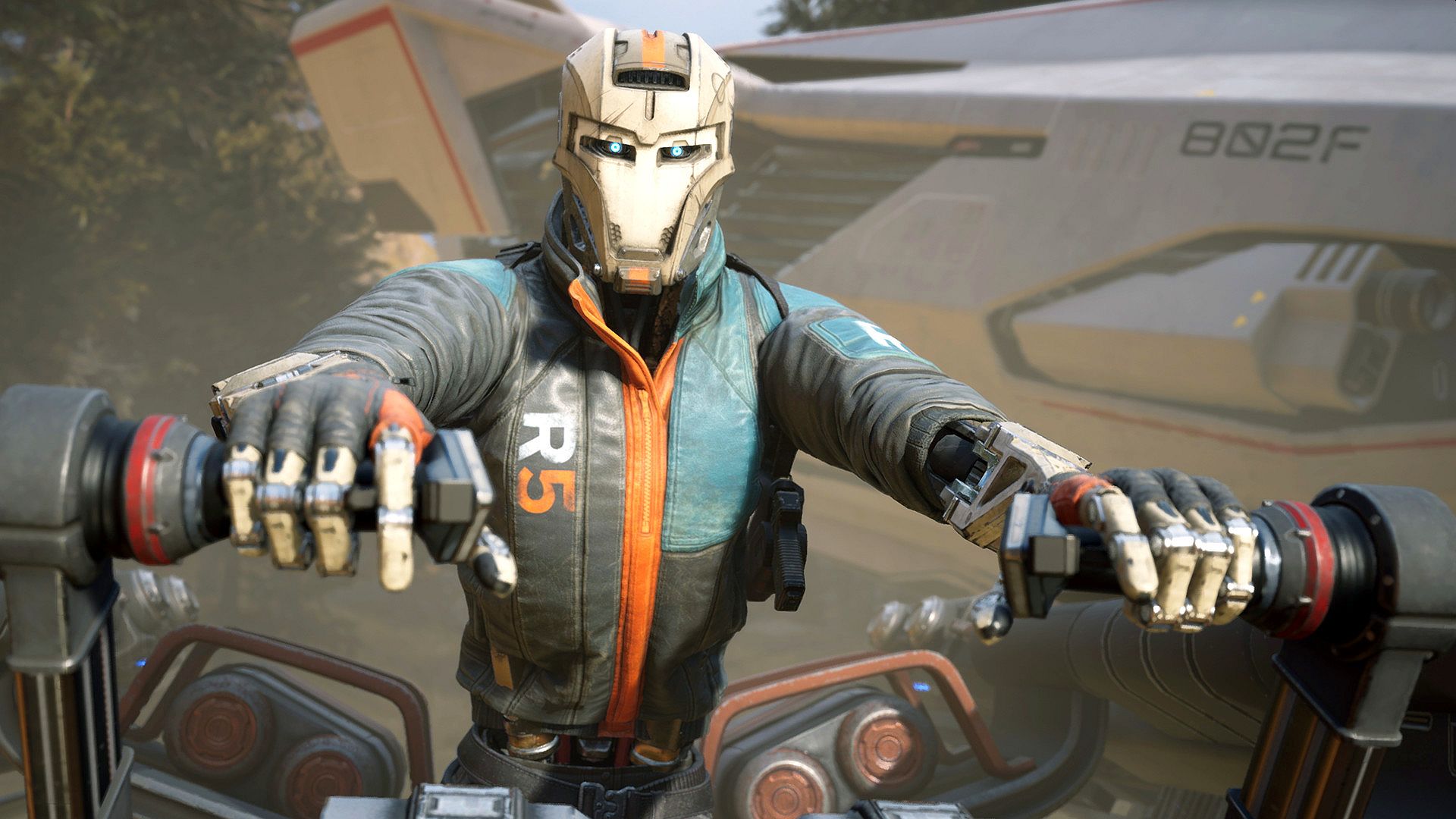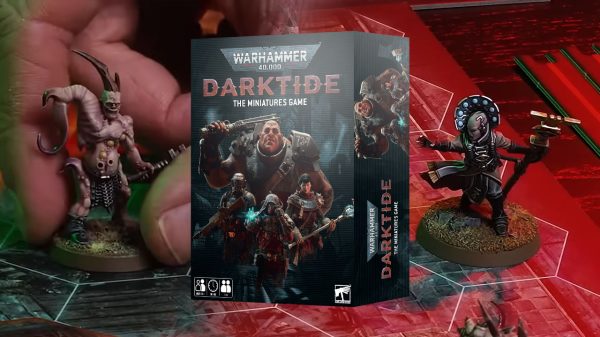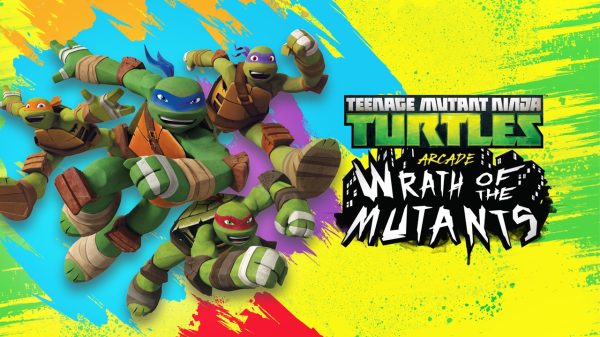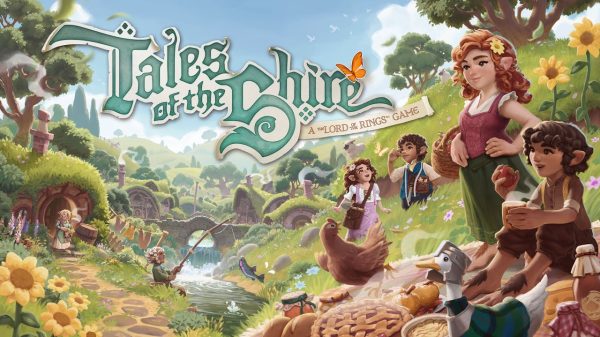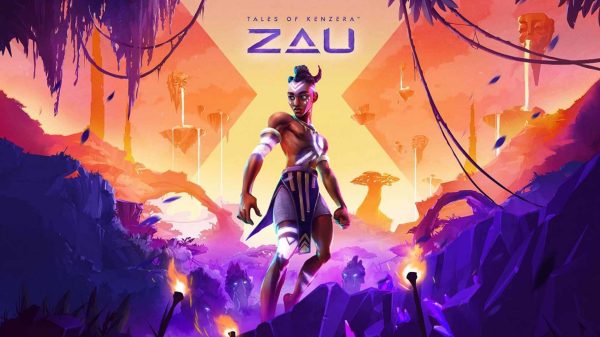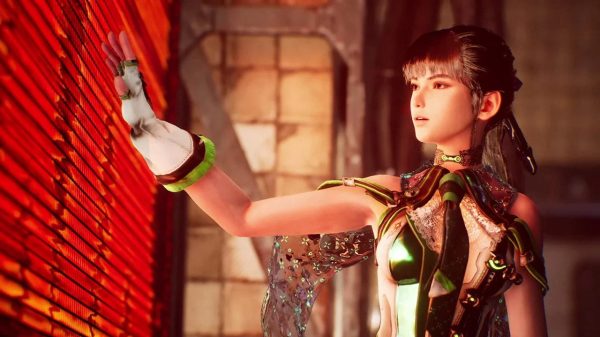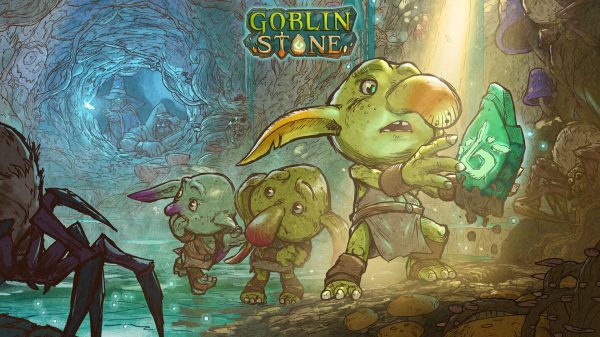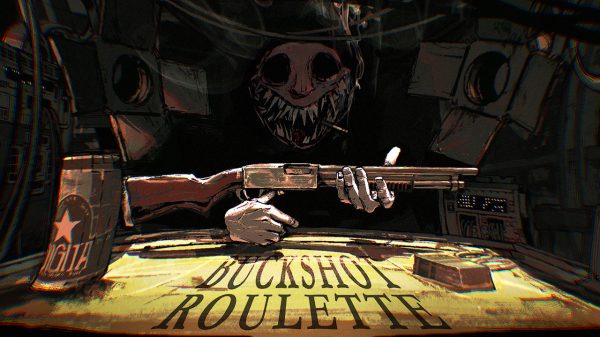Releasing a new IP in the gaming industry can be a sizeable risk; the community won’t be familiar with the game’s world, characters or story, so it’s an uphill battle from the offset. If you combine that with a brand new genre that gamers haven’t seen before, you’ve got a recipe for intrigue. This is exactly the space that Seattle-based developer V1 Interactive is in with the launch of their debut first-person shooter/real-time strategy hybrid title, Disintegration.
Though Disintegration may not be receiving any Game of the Year awards (we gave it a 6), the general consensus (and my personal opinion) is that the framework of the game is incredibly solid and the multiplayer element has real potential to be excellent once balances roll through in updates.
Despite V1 Interactive being new to the scene, there are some true industry veterans in the studio, including the team’s founder and president, Marcus Lehto, co-creator of the Halo universe. I recently got the chance to have a chat with Marcus Lehto about Disintegration’s creative direction as well as the game’s development process.
WellPlayed: Disintegration is V1 Interactive’s debut release. How does being the studio’s first title impact development? You want to kick things off with a bang no doubt – is it just business as usual or is there extra pressure on the team to execute the vision?
Marcus Lehto: Since this was our first game, it took much more time than anticipated to construct the initial foundation of the game and the studio simultaneously. It’s kind of a chicken and egg situation where you can’t expand on the game too much until you have a staff capable of tackling it, but you also can’t often hire staff unless you have something exciting with the game to attract them in the first place.
WP: The story of Disintegration deals with some pretty heavy themes that relate to the world we are living in, how important was it to the team to explore issues such as climate change and prejudice?
ML: I wanted the story of Disintegration to be something everyone could relate to on some level. On one hand, it’s a story about people choosing to survive and overcome great odds. On the other hand, it’s a warning to all of us of what could happen if we don’t keep check on the world around us.
WP: Disintegration having both single-player and multiplayer is very welcome, but was the focus always to have both or did one evolve out of the other?
ML: The game started only as a single-player campaign. We recognized there is a void of good SP campaigns in games these days, so we were excited to tell one in the universe we were cooking up.
It wasn’t until we had worked through figuring out the core gameplay mechanics that we realised the potential for an amazing multiplayer experience as well. As we continued development, we put about an equal focus on both SP and MP.
WP: With plenty of first-person shooters on the market, from a creative standpoint, what made the team choose this style of game, and what is the team doing to make Disintegration stand out?
ML: When we made the move to combine some elements of FPS with RTS and had a working prototype playable, we knew we were onto something very interesting that would stand out from the crowd of other games.
As we continued development and worked hard to hone in the gameplay core mechanics, we saw huge excitement from the community when they played it at Gamescom, PAX and our open technical beta, so we knew this game had a ton of potential and strong community following.
It really stands out since it isn’t technically either an FPS or RTS. It’s something brand new, like an ATS or aerial tactical shooter.
WP: The first-person shooter/real-time strategy hybrid isn’t a combination I’ve seen before, what influences did your team have going into this genre-blending project?
ML: None! Seriously, that was one of the hardest challenges. Because there was no blueprint of a game similar to this in existence, we had to work much harder to solve the myriad of design problems that presented themselves during production.
WP: You often see post-apocalyptic games use bland colour palettes, but Disintegration features bold colours in both the characters and scenery, what’s the reasoning behind this more colourful approach?
ML: I’m glad you noticed this. I want the world of Disintegration to be one in which the player was invited into and is encourage to explore and just exist in the beauty of a world that hadn’t been totally destroyed by humankind, but one where humankind just ceased to exist in great numbers. Thus, nature quickly began taking over.
Then I love the juxtaposition of the combat experience within that beautiful world.
WP: V1 Interactive is a studio that blends veteran talent, such as yourself, with fresh, up-and-coming artists. How has this dynamic of new and experienced shaped Disintegration?
ML: Having newer and more experienced talent working side by side in our small studio of only 30 people was a critical choice we made early on in the formation of the studio.
While the experienced devs have many decades of experience making very complex AAA games, the importance with emerging talent is that they bring with them a fire and excitement to build games with no barriers in their way.
It’s this healthy mix that has allowed us to combine so many unique perspectives into a brand new gameplay experience.
WP: Halo is considered by many as one of the most groundbreaking first-person shooters ever. How beneficial is having someone like Marcus Lehto (a co-creator of Halo) on the team?
ML: This is Marcus here talking. 😊
Being one of the co-creators of Halo has been extremely beneficial when it comes to starting something brand new like my studio, V1 Interactive and taking big risks to build a game that doesn’t fit neatly into any moulds.
WP: What led to the decision to have the player pilot the Gravcycle, and were there any other alternatives that were left on the cutting room floor?
ML: When we first made the move to combine different genres, we started with the vehicle the player-controlled being a simple remote operated drone. That worked fairly well, but the connection to the vehicle was lacking.
I’m an avid motorcyclist, so I decided to lean in on the experience I have when riding on a vehicle I built myself to which I have an intimate understanding and connection.
WP: With a very human story that deals with heavy themes, Disintegration seems to pepper in moments of levity through dialogue. How important was it to you to balance seriousness and humour and what difficulties come with that decision?
ML: Humor is one of humanity’s best antidotes for dealing with difficult situations. It’s what makes us human. So, it was very important to me that the characters in our story campaign show some of that levity with one another as they work through the many difficult circumstances pitted against them.
I’m a big fan of Firefly, so that was a pretty big influence on the style of character interaction I was looking for when we wrote the script for the campaign.
Once we put the player as a character on the seat of that vehicle we now call a Gravcycle, we knew we had chosen the right direction.
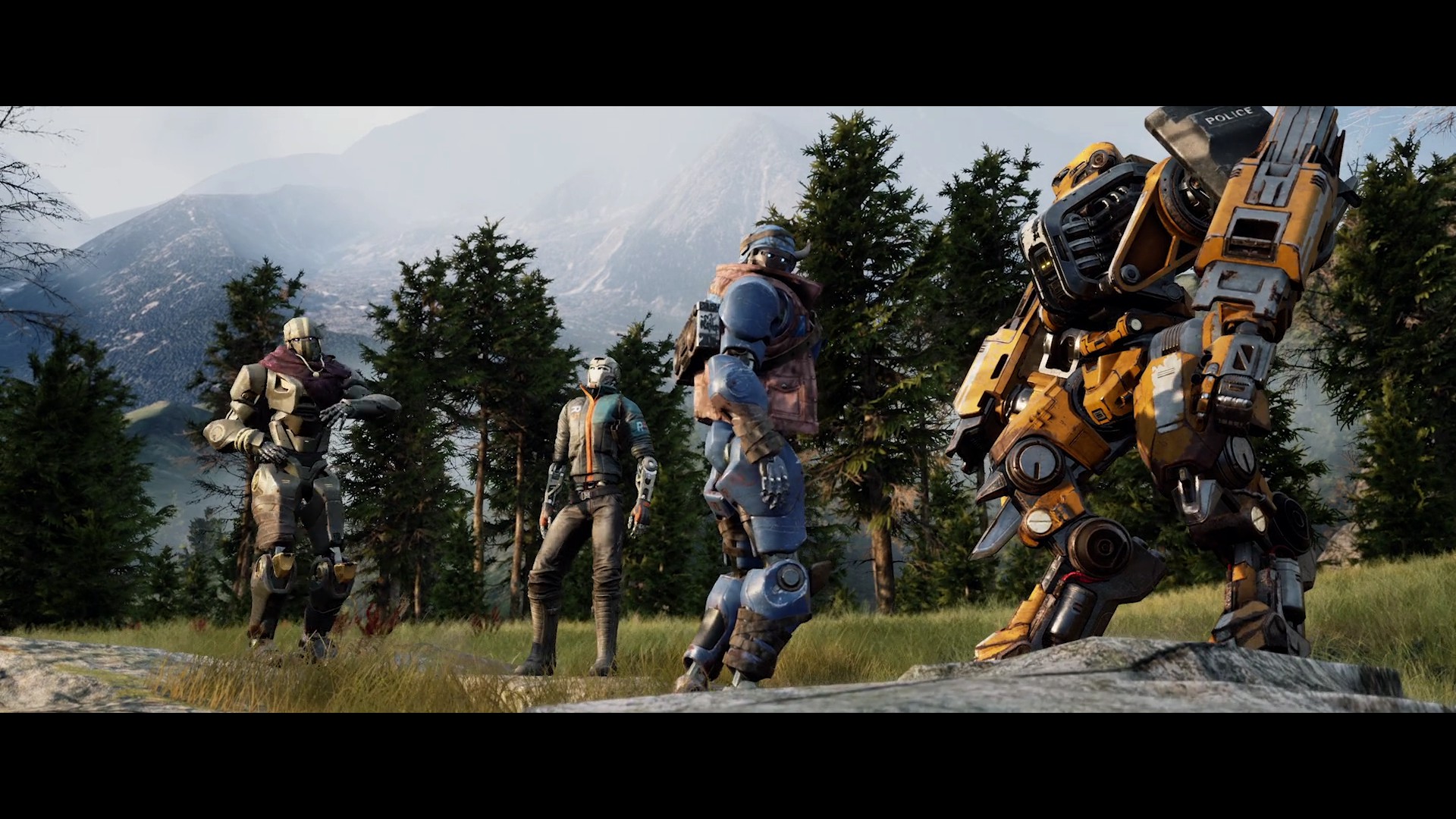
Each of the robotic characters in the game have a huge amount of human character
WP: I would imagine that finding a balance between all of the different playable crews in multiplayer must have been a challenge. With nine playable crews in the game, do you see room for more to be added down the track and if so what kind of larger than life personalities would you like to be included?
ML: Yes, we are already working on new Crews as I write this out. Our goal is that each Crew provides a loose role in combat and that the player has a healthy choice to suit their particular play style.
Of course, balancing of these Crews with one another is a challenge. But our team plays every day and iterates on balancing them the best we can.
We also always listen to our community to see what resonates with them and to see where we can continue to improve.
WP: Romer Shoal isn’t your typical sci-fi protagonist. With a non-military background mixed with some questionable choices, what went into the decision to have players embody a character that falls into the moral grey area?
ML: I was very interested to make a character that has depth and a background that isn’t squeaky clean. Romer’s past is something he’s not proud of and he has this chance to a path of redemption if he plays his card right. But in order to do that, he has to gain the trust of a team who come from all walks of life and have colourful backgrounds themselves.
WP: Many beta impressions stated that after a short time the gameplay just ‘clicks’. In your opinion, what is it about Disintegration’s gameplay that falls into place for people after a few short matches and was that a focus during development?
ML: I always ask that players approach Disintegration with a totally open mind and throw preconceptions about how this game should work out the window. It’s critical that players do this in order to absorb the very different core mechanics of the game early on. This is not a genre they are used to playing.
But, we wanted to make sure that the game had a natural entry for new players. Flying the Gravcycle around, firing weapons and giving basic commands to ground units are all things the average play can pick up within a few minutes.
The interesting stuff happens when players discover the deeper gameplay mechanics and begin using the tactical elements with their Gravcycle and ground crew in concert with one another. That’s where the magic happens.
WP: It’s been documented that Disintegration started life as an RTS before moving into the first-person shooter hybrid that we know it to be today. What are the strategic benefits of using a first-person perspective?
ML: The main reason we stuck with a first-person view vs third-person or other detached camera is due to wanting to retain a strong connection with the ground units at all times. The player can literally fly right up to ground units and fight alongside before hopping back up in elevation to give them tactical commands. It’s a fluid and exhilarating experience.
That connection with the ground units was also key to understanding that the player and the Gravcycle is only one part of a very important equation. The ground units are the other major factor and together you form a solid Crew, like a singular entity.
WP: Thank you for your time. Good luck with the game’s launch and beyond.
Give our Disintegration review a read HERE, or watch our video review below.
Adam's undying love for all things PlayStation can only be rivalled by his obsession with vacuuming. Whether it's a Dyson or a DualShock in hand you can guarantee he has a passion for it. PSN: TheVacuumVandal XBL: VacuumVandal Steam: TheVacuumVandal




